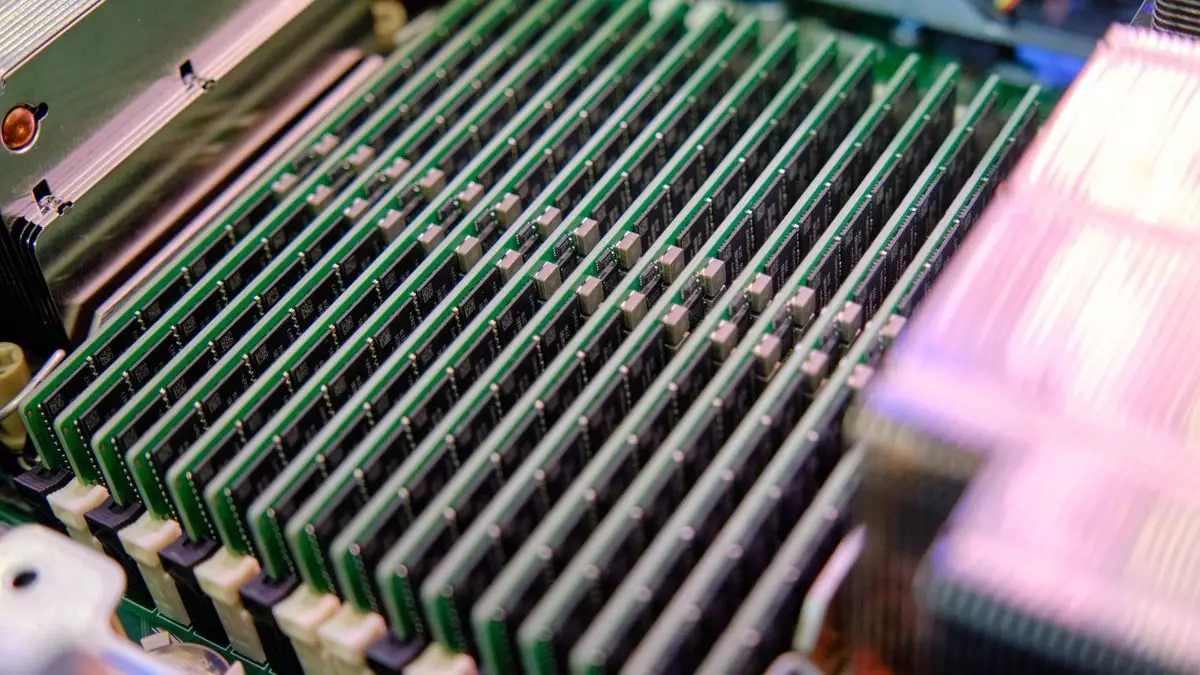In the realm of cloud computing, security breaches can have far-reaching consequences, and recent developments regarding AMD’s Secure Encrypted Virtualization-Secure Nested Paging (SEV-SNP) exemplify the potential pitfalls of even the most well-designed systems. The sophistication of such technologies seeks to ensure that the complex dance of data protection remains impervious to nefarious actors, but incidents like the one recently highlighted demonstrate vulnerabilities that warrant close examination.
AMD’s SEV-SNP is a robust security architecture aimed at safeguarding data in virtualized environments by preventing unauthorized access to sensitive information within virtual machines (VMs). By offering features that enhance the isolation of memory and processes, SEV-SNP stands out against competitors’ solutions, such as Intel’s Software Guard Extensions (SGX). Organizations often favor SEV-SNP due to its promise of greater scalability in memory protection and enhanced security protocols that should theoretically mitigate risks associated with cloud storage and services.
The primary goal of SEV-SNP is to thwart unauthorized access to encrypted data, utilizing advanced methods to keep virtual machines compartmentalized. This level of isolated security is critical in environments where multiple tenants share underlying hardware but demand distinct privacy for their data. However, the onus remains on the implementation and real-world resilience of these systems against ingenious exploits by attackers.
A paper titled “BadRAM: Practical Memory Aliasing Attacks on Trusted Execution Environments” has generated significant alarm in the security community by illustrating a tangible attack vector against AMD SEV-SNP. Using an accessible platform, specifically the Raspberry Pi Pico, researchers were able to demonstrate manipulations within the memory handling of AMD’s security mechanisms, unlocking vulnerabilities in the system that could permit unauthorized access and potential data breaches.
The exploitation process involves manipulating the Serial Presence Detect (SPD) data that guides memory configuration, allowing attackers to create what are known as memory aliases. By managing to unlock these critical components, and subsequently disabling memory protection, attackers theoretically could alter data in ways that compromise the entire security framework. Such scenarios paint a troubling picture for organizations relying on SEV-SNP for safeguarding sensitive information.
While the method of exploiting SEV-SNP requires physical access to memory modules, the reality is that gaining such access is not as improbable as one might think. The research not only demonstrates that common items like a Raspberry Pi Pico and DDR memory can be used for exploits—totaling around a mere $10—but also raises concerns about insider threats. A malicious employee within a cloud service provider could breach security without leaving traces, highlighting a serious gap in physical security protocols.
Furthermore, the findings indicate that even with two Corsair DDR4 DIMMs, the inherent vulnerabilities could be exposed without needing broad physical access, indirectly leading to so-called “software-only attacks.” This revelation elevates the urgency for organizations to scrutinize their physical security measures, ensuring that access to sensitive hardware is tightly controlled.
AMD has classified the vulnerability as a medium severity issue (rated 5.3) and outlined remedial actions organizations can take to bolster their defenses, such as employing memory modules that lock SPD configurations. These measures, however, underscore a broader imperative: the necessity for robust physical security practices across the board.
As technology evolves, so too do the tactics employed by malicious actors. Organizations must remain vigilant, embracing a culture of security that is proactive rather than reactive. With the threat landscape continuously changing, maintaining effective defense mechanisms and regular security audits should become standard operating procedures to protect sensitive data in increasingly complex cloud environments. Ultimately, the lessons learned from this incident highlight the ongoing battle between security innovation and the cunning of ill-intentioned adversaries—a battle that will require constant vigilance and adaptation.

